PIÑEYRO, Luis (1560-1620). Relacion del Sucesso que tuvo Nuestra Santa Fe en los Reynos del Japon, desde el año 1612 hasta 1615, Imperando Cubosama. Madrid: por la viuda de Alonso Martin de Balboa, 1617.
PIÑEYRO, Luis (1560-1620). Relacion del Sucesso que tuvo Nuestra Santa Fe en los Reynos del Japon, desde el año 1612 hasta 1615, Imperando Cubosama. Madrid: por la viuda de Alonso Martin de Balboa, 1617. 2° (284 x 198mm). Woodcut arms on title, woodcut initials, text printed in double column with double ruled border. (Light marginal staining to preliminaries.) Fine 18th-century mottled calf, covers with triple rule, spine richly gilt in compartments with two red morocco labels, all edges marbled to match endpapers. FIRST EDITION. A HANDSOME COPY OF THIS RARE TITLE. Divided into five parts, Piñeyro's history of the Jesuit Mission in Japan between 1612 and 1615 focuses on the 1614 Expulsion Edict of Shogun Ieyasu, listing Christian martyrs and property confiscated or abandoned in flight. Although the European missionaries were initially tolerated by Japan's rulers following their arrival in 1549, the baptism by the Jesuits of a large number of Daimyo (Japanese feudal lords), as well as the destruction of local temples, led to an increasingly hostile response from the Shogun. Despite this Japan had the greatest number of Christians in a country not ruled by a European power at the end of the sixteenth century. In 1587 Shogun Hideyoshi began a campaign against the western missionaries, forbidding the preaching of Christianity and ordering the destruction of churches. Ten years later, an order for the Jesuits to leave the country was largely ignored even though twenty-six Christians were executed. Hideyoshi's successor Ieyasu, the founder of the Tokugawa Shogunate which ruled Japan until 1868, signed the Expulsion Edict in January 1614 which expelled all Christians and foreigners from Japan and banned all Kirishitans (early Japanese Christians) from practicing their religion. As Pinñeyro relates, foreign missionaries and Kirishitans were alike forced to flee to either Portuguese Macau or the Spanish Philippines. Cordier Japonica , 290; Palau XIII, 226932 ('Muy raro').
PIÑEYRO, Luis (1560-1620). Relacion del Sucesso que tuvo Nuestra Santa Fe en los Reynos del Japon, desde el año 1612 hasta 1615, Imperando Cubosama. Madrid: por la viuda de Alonso Martin de Balboa, 1617.
PIÑEYRO, Luis (1560-1620). Relacion del Sucesso que tuvo Nuestra Santa Fe en los Reynos del Japon, desde el año 1612 hasta 1615, Imperando Cubosama. Madrid: por la viuda de Alonso Martin de Balboa, 1617. 2° (284 x 198mm). Woodcut arms on title, woodcut initials, text printed in double column with double ruled border. (Light marginal staining to preliminaries.) Fine 18th-century mottled calf, covers with triple rule, spine richly gilt in compartments with two red morocco labels, all edges marbled to match endpapers. FIRST EDITION. A HANDSOME COPY OF THIS RARE TITLE. Divided into five parts, Piñeyro's history of the Jesuit Mission in Japan between 1612 and 1615 focuses on the 1614 Expulsion Edict of Shogun Ieyasu, listing Christian martyrs and property confiscated or abandoned in flight. Although the European missionaries were initially tolerated by Japan's rulers following their arrival in 1549, the baptism by the Jesuits of a large number of Daimyo (Japanese feudal lords), as well as the destruction of local temples, led to an increasingly hostile response from the Shogun. Despite this Japan had the greatest number of Christians in a country not ruled by a European power at the end of the sixteenth century. In 1587 Shogun Hideyoshi began a campaign against the western missionaries, forbidding the preaching of Christianity and ordering the destruction of churches. Ten years later, an order for the Jesuits to leave the country was largely ignored even though twenty-six Christians were executed. Hideyoshi's successor Ieyasu, the founder of the Tokugawa Shogunate which ruled Japan until 1868, signed the Expulsion Edict in January 1614 which expelled all Christians and foreigners from Japan and banned all Kirishitans (early Japanese Christians) from practicing their religion. As Pinñeyro relates, foreign missionaries and Kirishitans were alike forced to flee to either Portuguese Macau or the Spanish Philippines. Cordier Japonica , 290; Palau XIII, 226932 ('Muy raro').
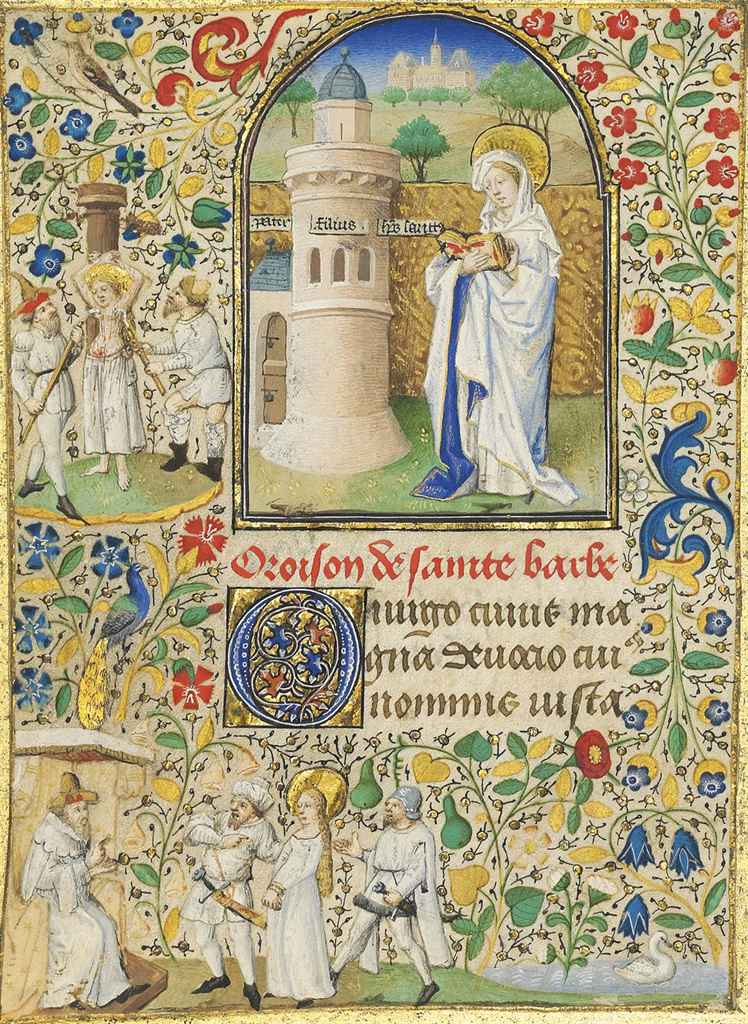
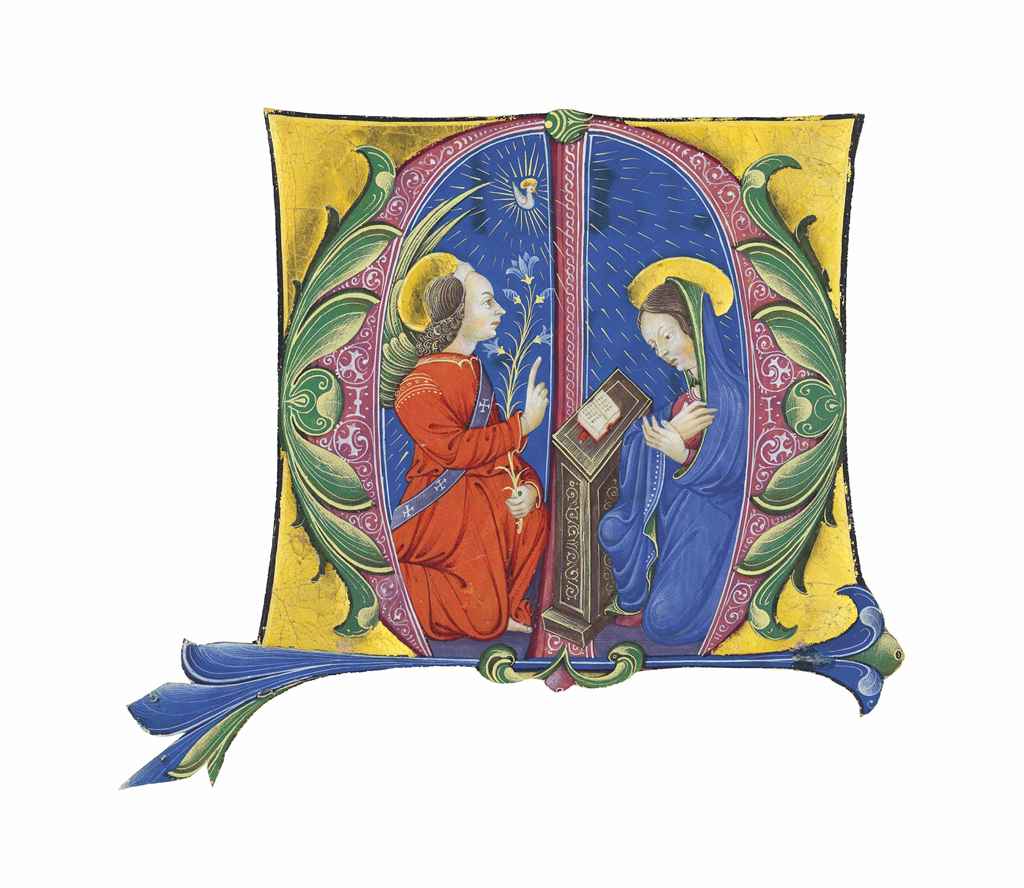
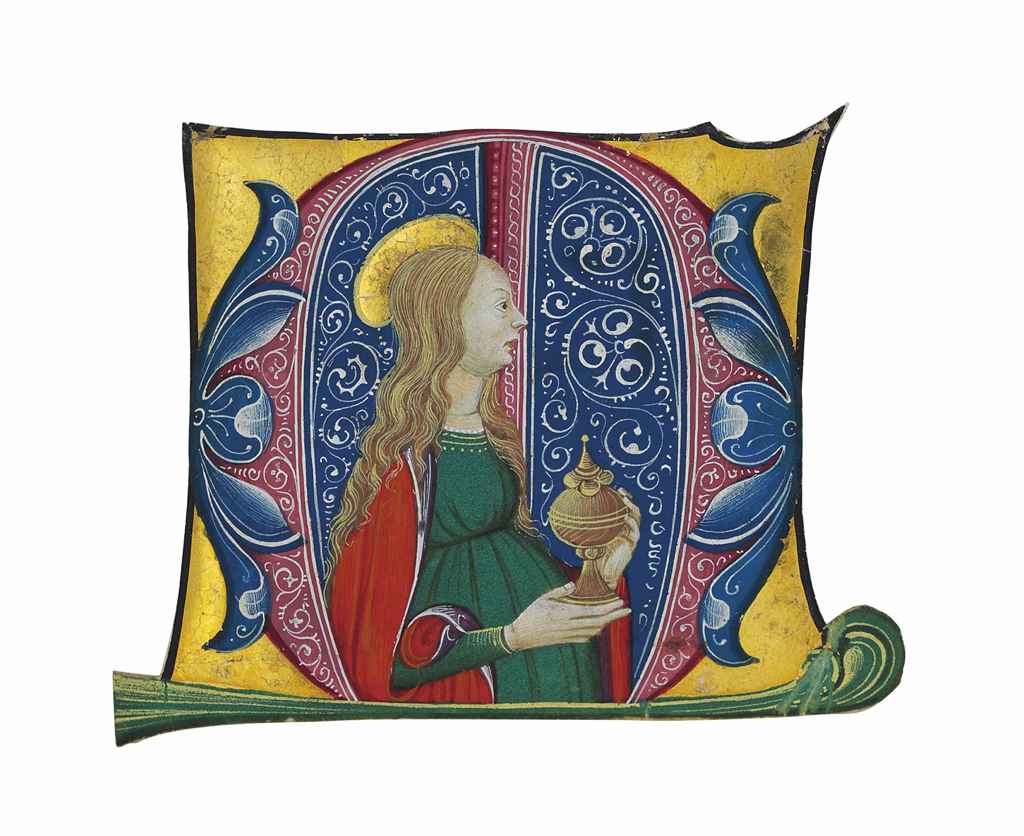
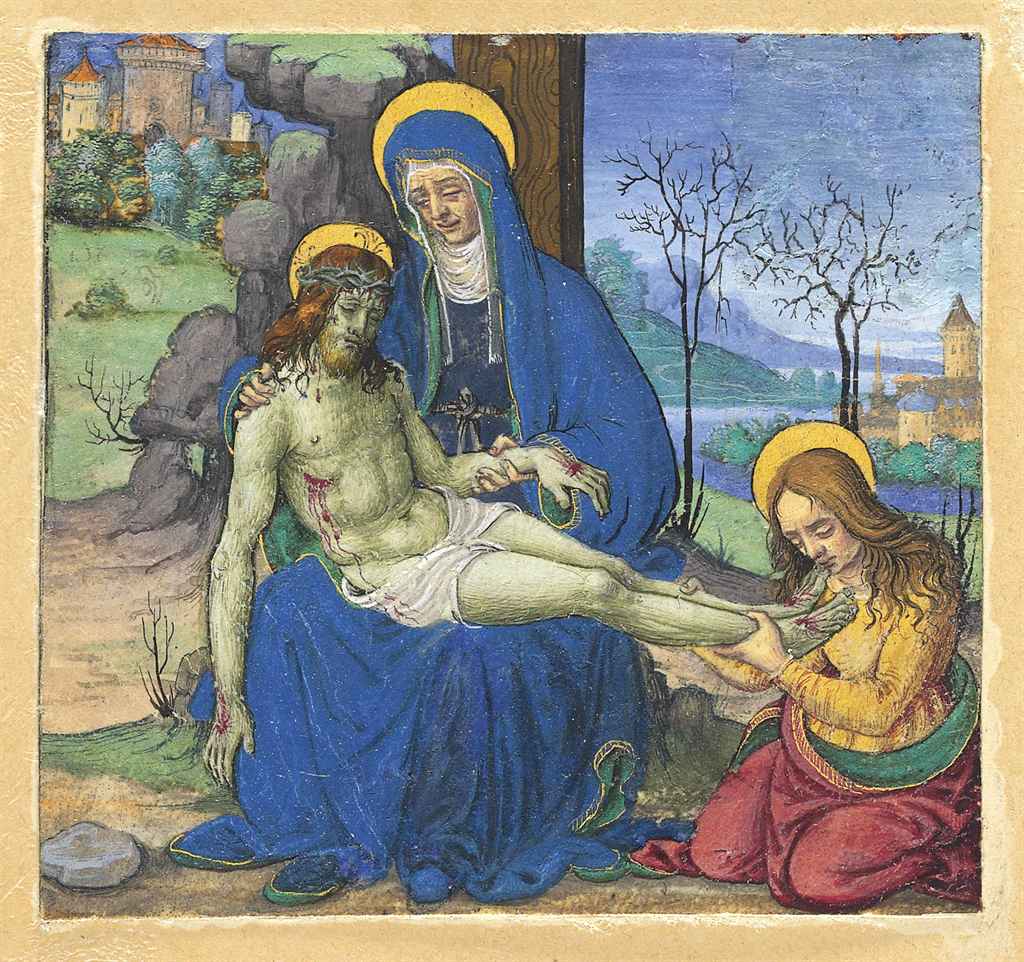
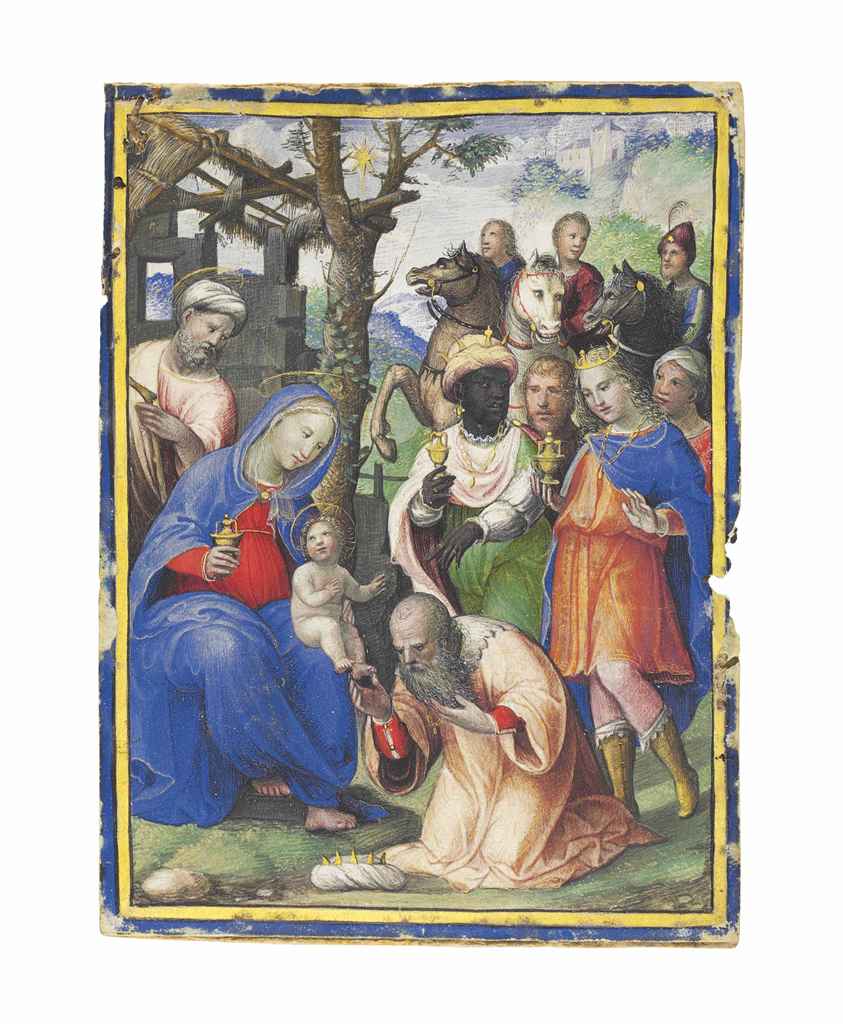

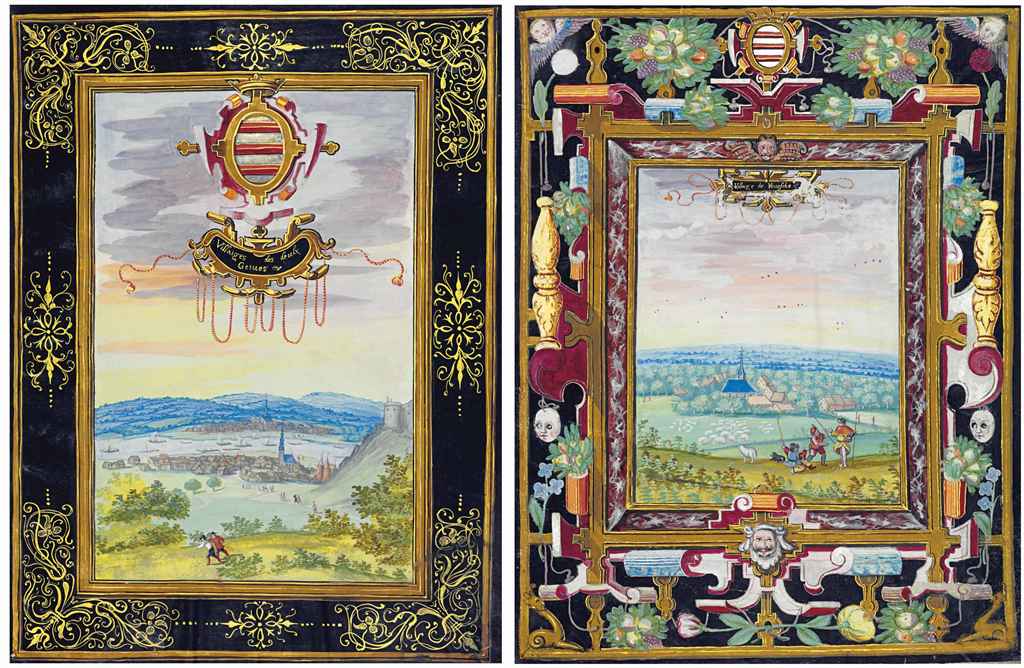



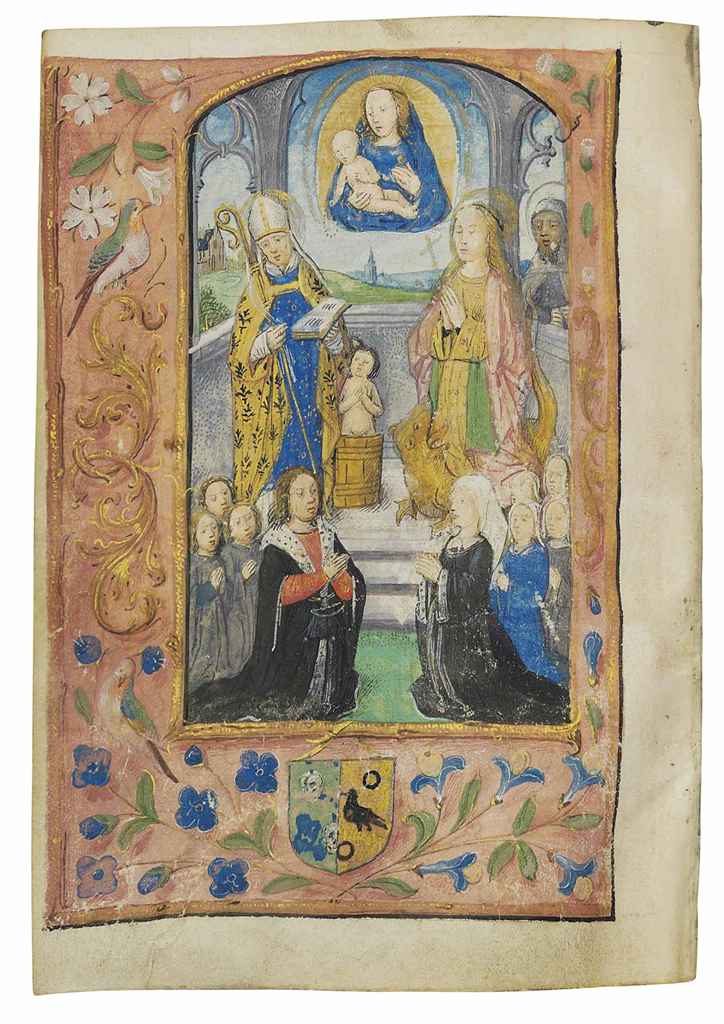

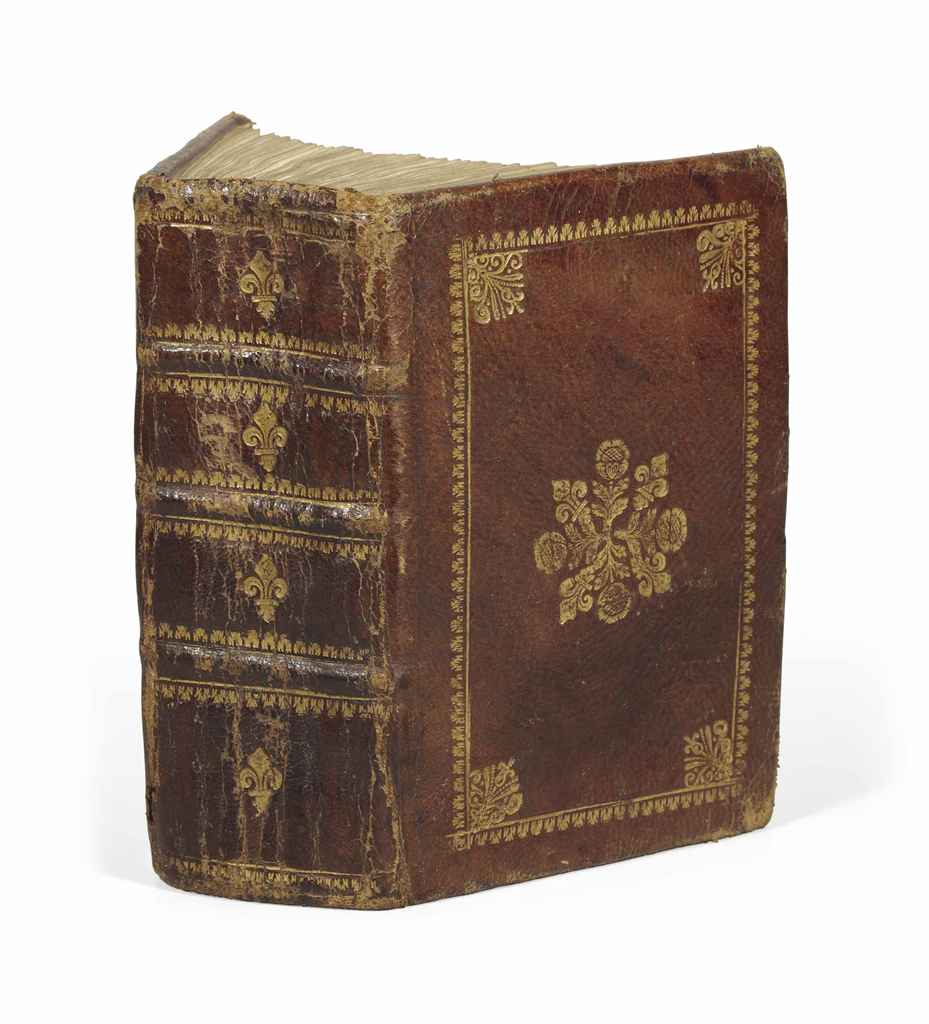

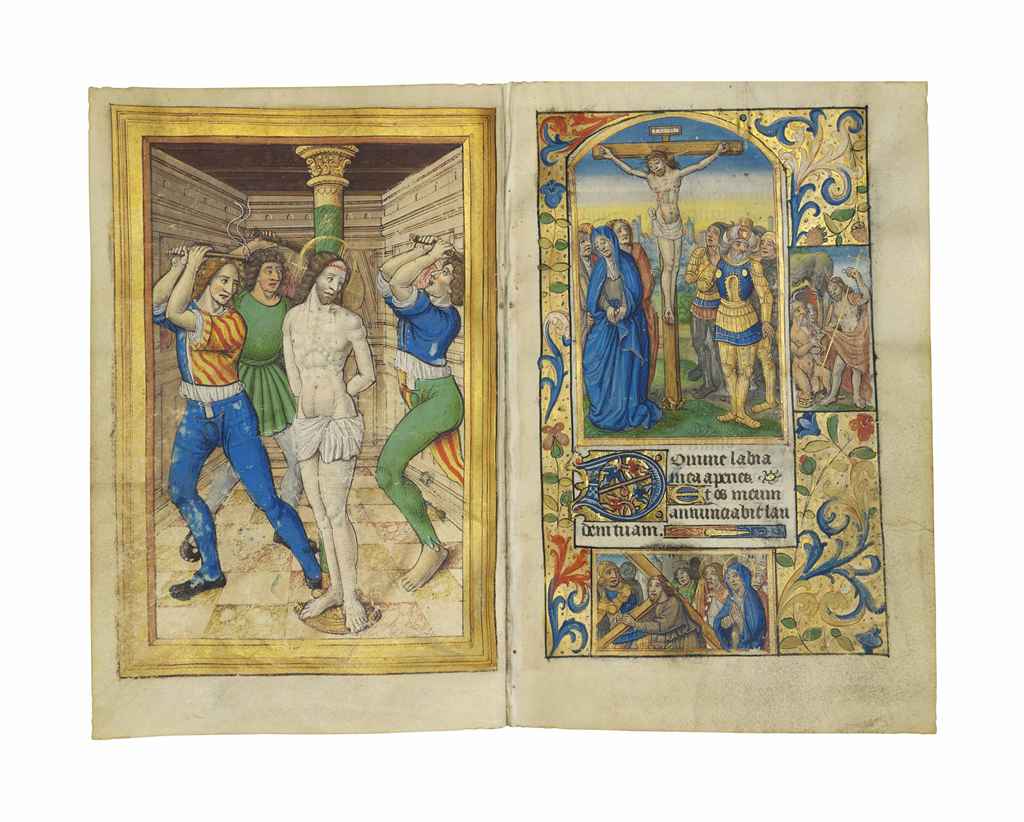
Try LotSearch and its premium features for 7 days - without any costs!
Be notified automatically about new items in upcoming auctions.
Create an alert